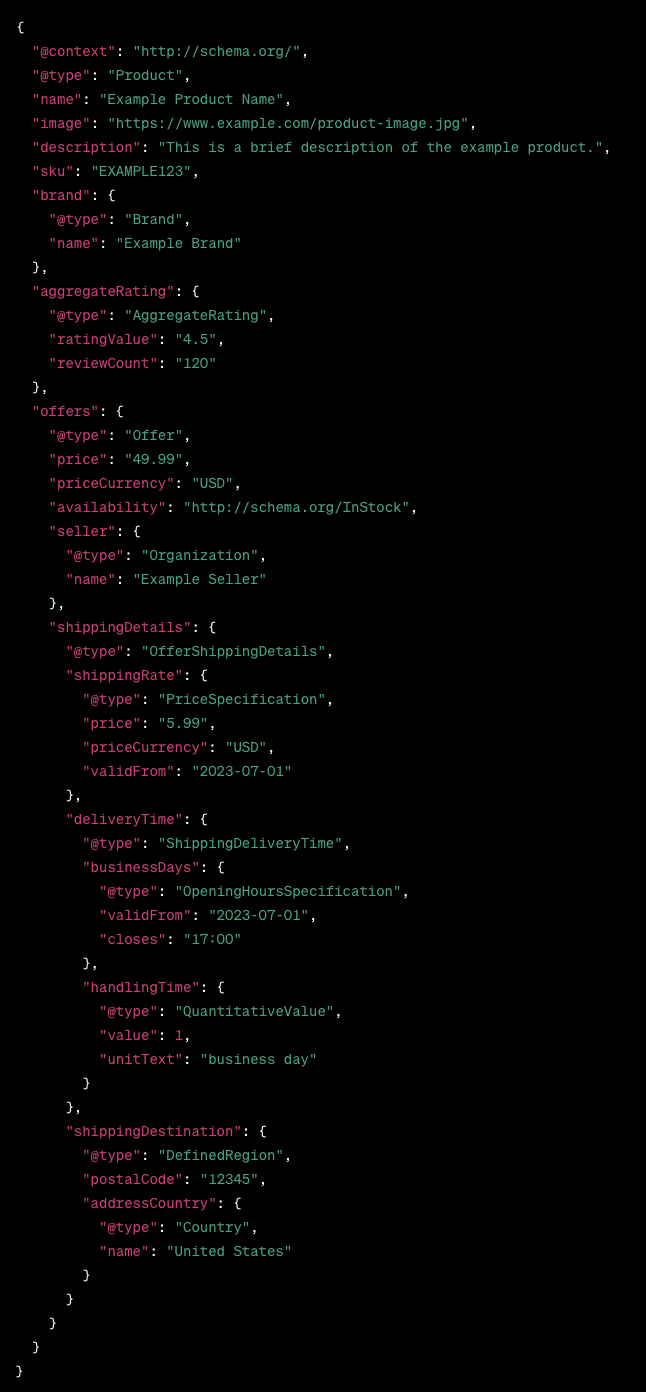Competing for your share of organic traffic in the e-commerce space can be difficult, especially if you haven’t put much thought into SEO before or you are encountering a drop in traffic and have no idea why.
Fortunately, there are plenty of essentials you can implement to give your product pages a boost in SEO traffic, and we have outlined our 10 top tips below.
Optimise your BoFu keywords
Keyword allocation and prioritisation is key for any page you want to rank in search results, but you need to be particularly careful about the ones you choose when you’re working on a product page. That’s because people who land on product pages are typically ready to buy, or at the very least on the verge of making a purchase decision.
In other words, you need to ensure that the keywords you choose are transactional, or BoFu (bottom of funnel) keywords. These will be keywords used by those ready to make the transaction, or at the decision-making stage of the buyer journey.
Be sure to exclude keywords which are clearly informational during your research. For example, those which begin with phrases such as ‘how to’ are clearly being used by searchers to seek more information on a topic, as opposed to make a purchase. These keywords can be targeted by other upper-funnel pages, such as blog posts.
Competitor analysis is also incredibly useful when optimising your BoFu keywords. You will undoubtedly have particular terms you want to rank for, so input the query and analyse the product pages in the top slots in the SERP. Consider which secondary phrases are being used and work to incorporate them into your product content.
Create the perfect meta data
Meta tags are important for informing search engines how they should present your web page in the SERPs. There are a few tricks you can implement to ensure this information is optimised.
Frontload your title tags
When crafting a title tag for your product page, ensure the keyword with the highest search volume comes first, then weave in subsequent keywords in decreasing prioritisation by volume.
Use a divider
Make your title tag easier for users to digest by using a divider between sections such as the primary keyword and the product title.
Create clean URLs
While URLs are not a direct ranking factor, they should not be left to be long, unwieldy and containing irrelevant numbers or characters. A good rule of thumb is to make them as short as possible, include the target keyword, and frontload by keyword volume – as with your title tags.
Use original product photography
To ensure your product page moves from having medium quality to high quality content, Google recommends using original product photography over assets that can be found elsewhere online, such as stock photography. Therefore, taking the time to photograph your products with a high-quality camera is vital if you want to compete in shopping SERPs.
If you aren’t skilled in photography, investing in a professional will pay dividends in the long run. Ensure they photograph your product from multiple angles, and that shoppers can see the product in use where possible. What’s more, ensure the images are high-quality enough that shoppers can zoom in and out to view parts of the product in more detail.
Once your photographs are ready, ensure you name the files properly before uploading them to your CMS, and label the alt text and captions according to SEO best practice. Don’t forget to compress and resize your images to ensure optimal page load time, or your Core Web Vitals may impact your organic performance over time.
With good product photography, you should benefit from decreased bounce rate, increased dwell time and improved CTR.
Use unique product copy on each page
Writing good product copy is easier said than done, and that’s because you want to ensure that keywords are weaved into the content as naturally as possible. After all, the ultimate goal is to encourage site visitors to take an interest in the product and part with their hard-earned money. You also want search engines to understand the key features of the product, so readability and formatting is key for both machines and users.
Your competitor analysis and keyword research will have given you secondary keywords to include in your copy alongside your primary query. Ensure these are included, but don’t try too hard or you will run the risk of creating mechanical and wooden copy.
Think user first, and ensure your copy provides the information they need without bombarding them with too much text. Overall, think about what you would want to know about the product, and weave in keywords where it feels natural to do so.
Encourage user-generated content
User-generated content is a great way to send positive signals to Google that your site is aligning well with EEAT principles. You can build up a lot of authority for your product pages by having satisfied shoppers posting reviews or testimonials after making a purchase. You can incentivise them to leave their feedback by offering a percentage discount on their next purchase or entering them into a giveaway.
You can encourage people to utilise a hashtag on social media and post photos of your product in use, as well as seek endorsements from experts and influencers. By getting people talking about your product on third-party sites, you are building up topical authority in your niche.
The best way to generate authority is to seek backlinks in high-ranking publications which are applicable to your niche. By hiring digital PR professionals, you can create Tier One campaigns that utilise your products and feature them in news stories that are promoted to journalists with the aim of getting them to publish on their sites.
Implement product schema for structured data
Adding schema markup is a great way to format your data and structure it in a way that Google can understand. It is particularly beneficial for e-commerce sites as products can have related schema added so that this information will appear in the SERP as rich results.
Here is an example of schema markup using JSON-LD for the attributes of pricing, reviewing, availability and shipping information using placeholder values.

Consider support from professionals before using automated tools for schema markup, to avoid the risk of incorrect theme code changes which could have a negative impact on your overall SEO if crawlers subsequently struggle to understand the structure of your site.
Build your internal linking strategy
While having a strong site architecture and breadcrumbs will be of paramount importance to your SEO and user experience, internal linking strategy sends strong signals to search engines about the structure of your site and the importance of its pages.
You can connect related product pages as well as link to other internal page types such as category pages and blog posts to improve your site crawls and provide useful additional information for readers. By implementing a strong internal linking strategy, you will be distributing link equity throughout your site and boosting authority for individual product pages.
Create topic clusters for products or categories to boost product traffic
To make your internal linking strategy even stronger, consider building out content topic clusters for specific products or categories to boost traffic for your individual product pages. For example, if you have pink trainers on your website, you may perform keyword research and find informational queries that help you to create blog headlines such as:
- The best pink trainers to accessorise your workout outfit
- How to care for pink trainers: ultimate maintenance guide
- How to find the perfect shade of pink for your sneakers
- The psychology of pink: why we love feminine shades of sneaker
By building supporting content for your site and using it to boost the authority of your product pages by incorporating a strong interlinking strategy for both specific and related topic clusters, you are telling search engines that not only do you sell these products, you are also an authority on them.
Optimise for mobile
With so many people shopping from their mobile devices, it’s essential to ensure your product pages are optimised for smartphones. Your bounce rate will increase exponentially if users attempt to visit your page from their phone, only to discover they must zoom in on the page and swipe around to find the information they need.
Fortunately, many site themes these days are automatically optimised for mobile, but there is still some work to be done to ensure your product pages deliver the best user experience and contribute to a good organic CTR. For example, ensure your text size is adjustable, make your product photography appear in carousel format for easy swiping and make your CTAs – such as your Buy Now buttons – appear in a size that is easy for fingers to tap on.
Create specific FAQs for products
While you will have created the best product copy you can, there will always be a shopper or two with a question about your product that you either hadn’t anticipated or can’t realistically fit into the main description. It can therefore be beneficial to build out a supplementary FAQs section on your product page to satisfy these needs.
Users won’t want to put in additional work to find out what they need to know about a product – they will simply click off your site and find an alternative elsewhere. Therefore, put in some work with informational keyword research to find out what people often want to know about your product. You could also ask your existing customer base for this information.
Don’t forget that this information can always be updated as new information comes in – after all, you want to ensure you are continually improving your product pages to ensure that organic traffic keeps coming in!
Want help with your product page traffic?
If you are encountering a specific e-commerce issue you’d like us to tackle, or you want our help with building out an SEO-focused product page strategy, we’d be more than happy to assist.
Alternatively, you can get the ball rolling by signing up for one of our free, no-obligation SEO health checks, which are designed to help you understand where your current position is in the search market for your niche. Contact us today and we’ll be in touch very soon!












